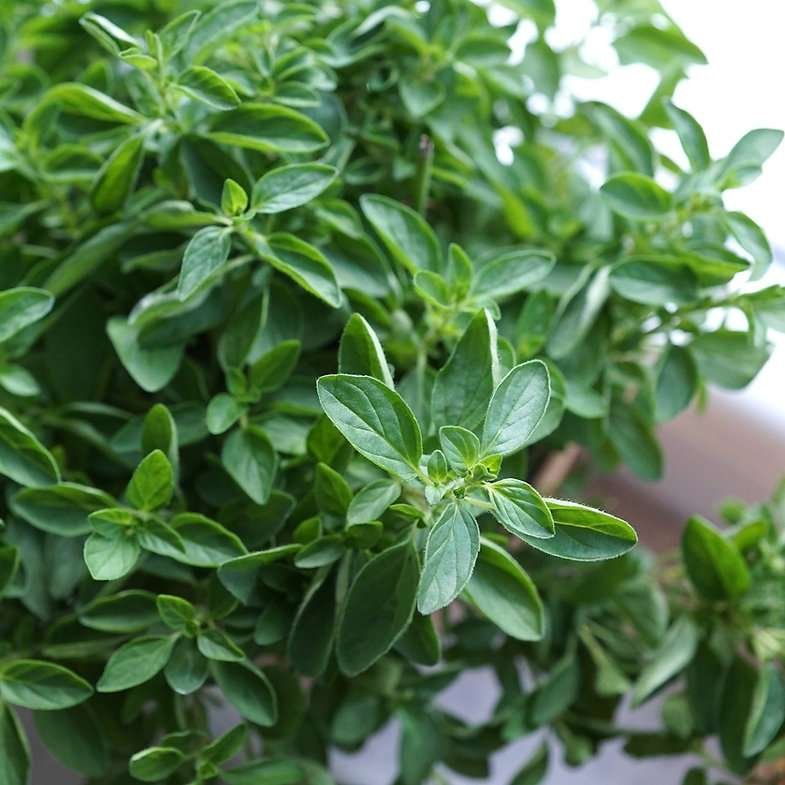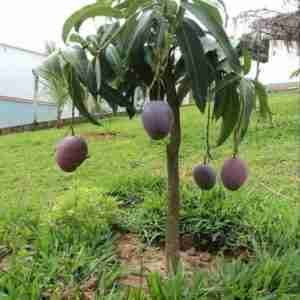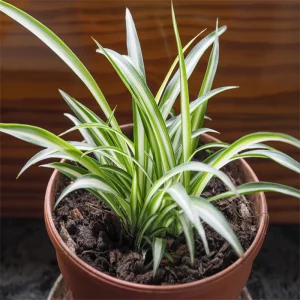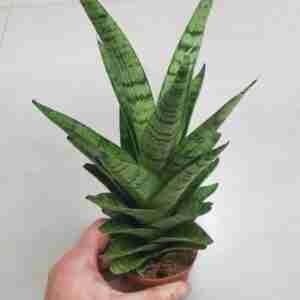Herb Origanum vulgaris Seeds Oregano
Herb Origanum vulgaris Seeds Oregano, commonly known as oregano, is a popular herb used in various culinary dishes for its strong, earthy, and slightly bitter flavor. Oregano is a staple in Mediterranean and Italian cooking, frequently used to flavor sauces, soups, pizzas, and roasted vegetables. In addition to its culinary uses, oregano also has medicinal properties, acting as an antioxidant and having antimicrobial effects.
Here’s a comprehensive guide to Oregano Origanum vulgare Herb Seeds:
1. Germination and Planting of Herb Origanum vulgaris Seeds Oregano
- Soil: Oregano thrives in well-drained, slightly alkaline to neutral soil with a pH between 6.0 and 8.0. Sandy or loamy soils are ideal, as they provide good drainage.
- Sowing Indoors: You can start oregano seeds indoors 6–8 weeks before the last frost to get a head start on the growing season.
- Direct Sowing: Once the danger of frost has passed, you can direct sow oregano seeds outdoors. Oregano is a perennial herb and will return year after year in zones 5–10.
- Planting Depth: Oregano seeds are very small, so they should be sown on the surface of the soil and lightly pressed in. Do not cover them deeply with soil, as they need light to germinate.
- Spacing: Thin or transplant seedlings to 12–18 inches apart. Oregano can spread, so give it plenty of room to grow.
- Sunlight: Oregano prefers full sun and grows best when it receives 6–8 hours of direct sunlight daily. In very hot climates, partial shade during the hottest part of the day can help prevent leaf scorching.
2. Growth and Care of Herb Origanum vulgaris Seeds Oregano
- Watering: Oregano prefers drier conditions and doesn’t need frequent watering once established. Water only when the soil feels dry to the touch. Overwatering can lead to root rot.
- Temperature: Oregano grows best in temperatures between 60–80°F (15–27°C). It’s drought-tolerant and can survive in hot, dry conditions, making it ideal for xeriscaping or drought-resistant gardens.
- Fertilization: Oregano is not a heavy feeder. Too much fertilizer can result in lush, leafy growth but less flavor. If desired, a light application of compost or a balanced fertilizer once or twice during the growing season should suffice.
- Pruning: Prune oregano regularly to encourage bushy growth. Pinching back the tips of the plant helps to prevent it from becoming leggy. Cut back the plant by about one-third in late summer to prepare it for winter.
- Mulching: Mulching around oregano can help conserve moisture and suppress weeds, but be careful not to let the mulch touch the stems, as oregano dislikes overly damp conditions.
3. Culinary Uses of Herb Origanum vulgaris Seeds Oregano
- Flavor Profile: Oregano has a bold, pungent, and slightly bitter taste, often described as a combination of peppery and minty flavors. The intensity of the flavor increases with drying.
- Uses:
- Italian Dishes: Oregano is a key ingredient in tomato sauces, pizza, pasta dishes, and grilled meats.
- Greek Cuisine: Oregano is often used in Greek salads, dressings, and grilled dishes like souvlaki.
- Marinades and Rubs: Fresh and dried oregano is perfect for seasoning marinades and rubs for meats, especially lamb, beef, and chicken.
- Herb Mixes: Oregano is a central component of Italian seasoning and Herbes de Provence blends.
- Pairings: Oregano pairs well with basil, thyme, parsley, and rosemary. It’s also excellent when used alongside garlic and lemon in Mediterranean recipes.
4. Nutritional and Medicinal Benefits of Herb Origanum vulgaris Seeds Oregano
- Antioxidants: Oregano is rich in antioxidants, which help protect the body from oxidative stress and support overall health.
- Vitamins and Minerals: Oregano contains vitamins A, C, and K, along with calcium, iron, and manganese.
- Antimicrobial Properties: Oregano has natural antimicrobial effects due to compounds like thymol and carvacrol, making it a popular ingredient in herbal remedies for infections and respiratory issues.
- Digestive Health: Oregano has been used traditionally to promote digestion and soothe gastrointestinal discomfort.
5. Harvesting of Herb Origanum vulgaris Seeds Oregano
- When to Harvest: Oregano leaves can be harvested as soon as the plant reaches about 6 inches tall. For the best flavor, harvest the leaves just before the plant flowers, typically in late spring to early summer.
- How to Harvest: Snip the stems or leaves in the morning after the dew has dried but before the heat of the day. Always leave about one-third of the plant intact to encourage regrowth.
- Drying Oregano: To preserve oregano, bundle the stems together and hang them upside down in a well-ventilated, dry area out of direct sunlight. Once fully dried, strip the leaves from the stems and store them in an airtight container.
- Freezing Oregano: You can also freeze fresh oregano by chopping the leaves and placing them in ice cube trays with a little water or olive oil.








Reviews
There are no reviews yet.